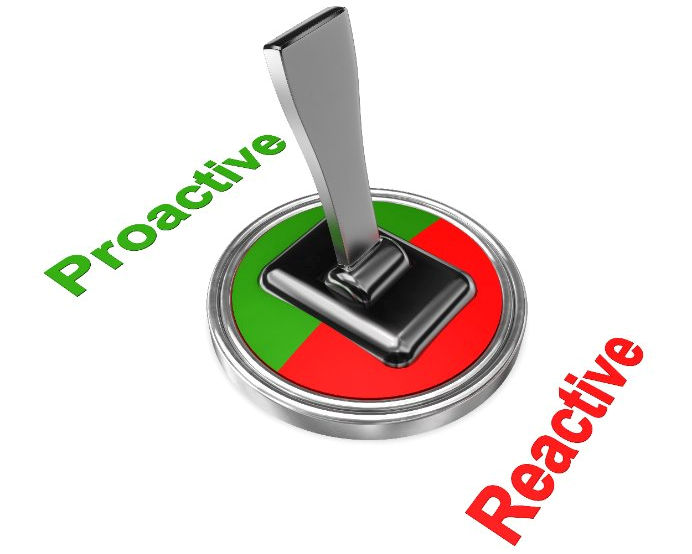Reactive vs. Proactive Approaches
Proactive ergonomics activities emphasize efforts at the design stage of work processes to recognize needs for avoiding risk factors that can prevent musculoskeletal disorders (MSDs) before injuries occur.

The goal is to design operations that ensure proper selection and use of tools, job methods, workstation layouts, and materials that impose no undue stress and strain on the worker.
Essential Considerations
Ergonomics issues are identified and resolved in the planning process. In addition, general ergonomic knowledge, learned from an ongoing ergonomics program, can be used to build a more prevention-oriented approach.
Management commitment and employee involvement in the planning activity are essential. For example, management can set policies to require ergonomic considerations for any equipment to be purchased and production employees can offer ideas on the basis of their past experiences for alleviating potential problems.
Planners of new work processes involved in the design of job tasks, equipment, and workplace layout, must become more aware of ergonomic factors and principles. Designers must have appropriate information and guidelines about risk factors for MSDs and ways to control them.
Design Strategies
Design strategies emphasize fitting job demands to the capabilities and limitations of workers. Deciding which functions can be done best by machines and which by people is a primary objective. For example, for tasks requiring heavy materials handling and transport, ready use of mechanical assist devices to reduce the need for manual handling would be designed into the process. Large-sized units could be broken into smaller, more manageable ones, and equipment could be selected that most helps the workers using it.
Design strategies try to target the causes of potential musculoskeletal problems. For this reason, engineering approaches are preferred over administrative ones because they eliminate the risk factors as opposed to simply reducing exposure to them. For example, having machines do monotonous, repetitive, forceful work is better than subjecting workers to these risk factors. Administrative controls (such as worker rotation or allowing more rest breaks) remain stop-gap measures. They are not permanent solutions.
Knowledge Check Choose the best answer for the question.
1-2. A proactive approach to ergonomics would emphasize _____.
You forgot to answer the question!
